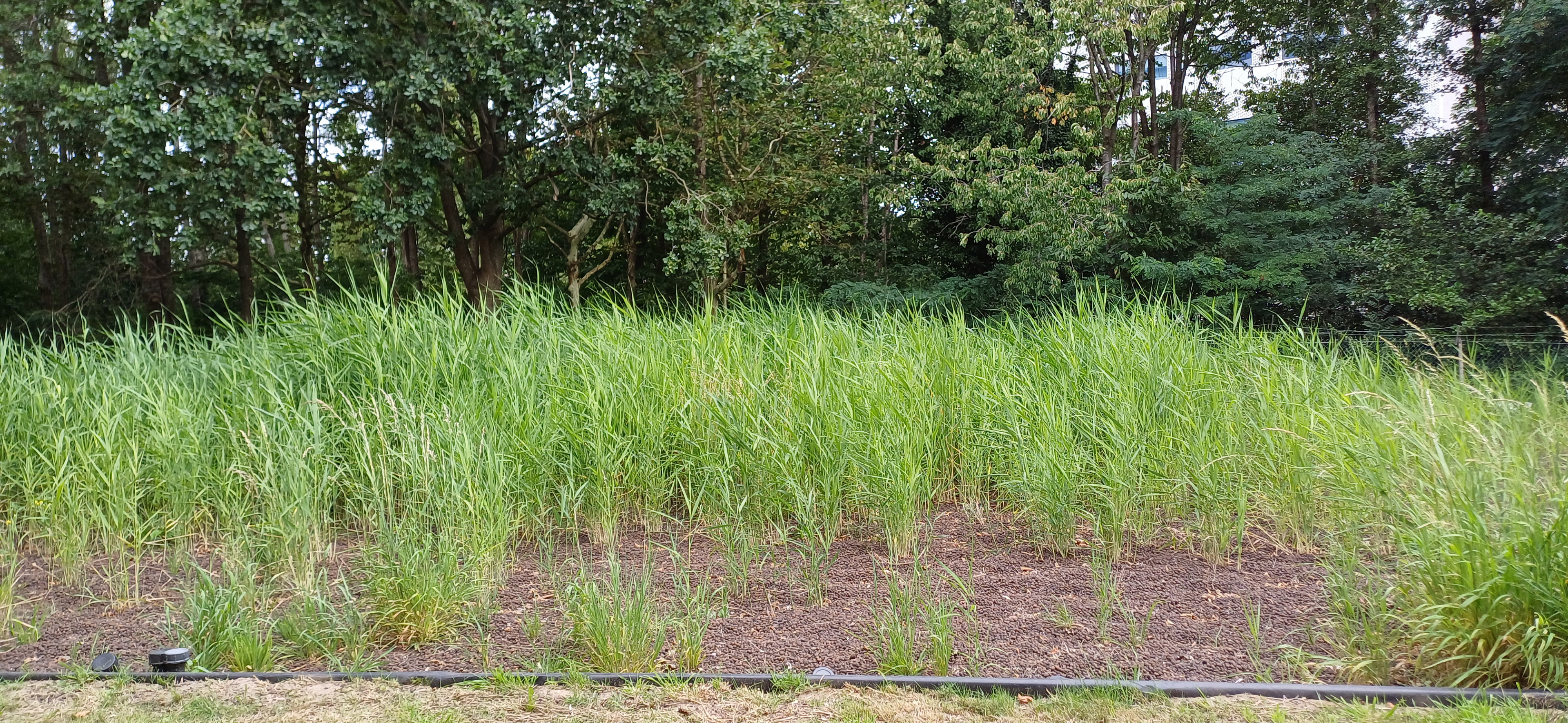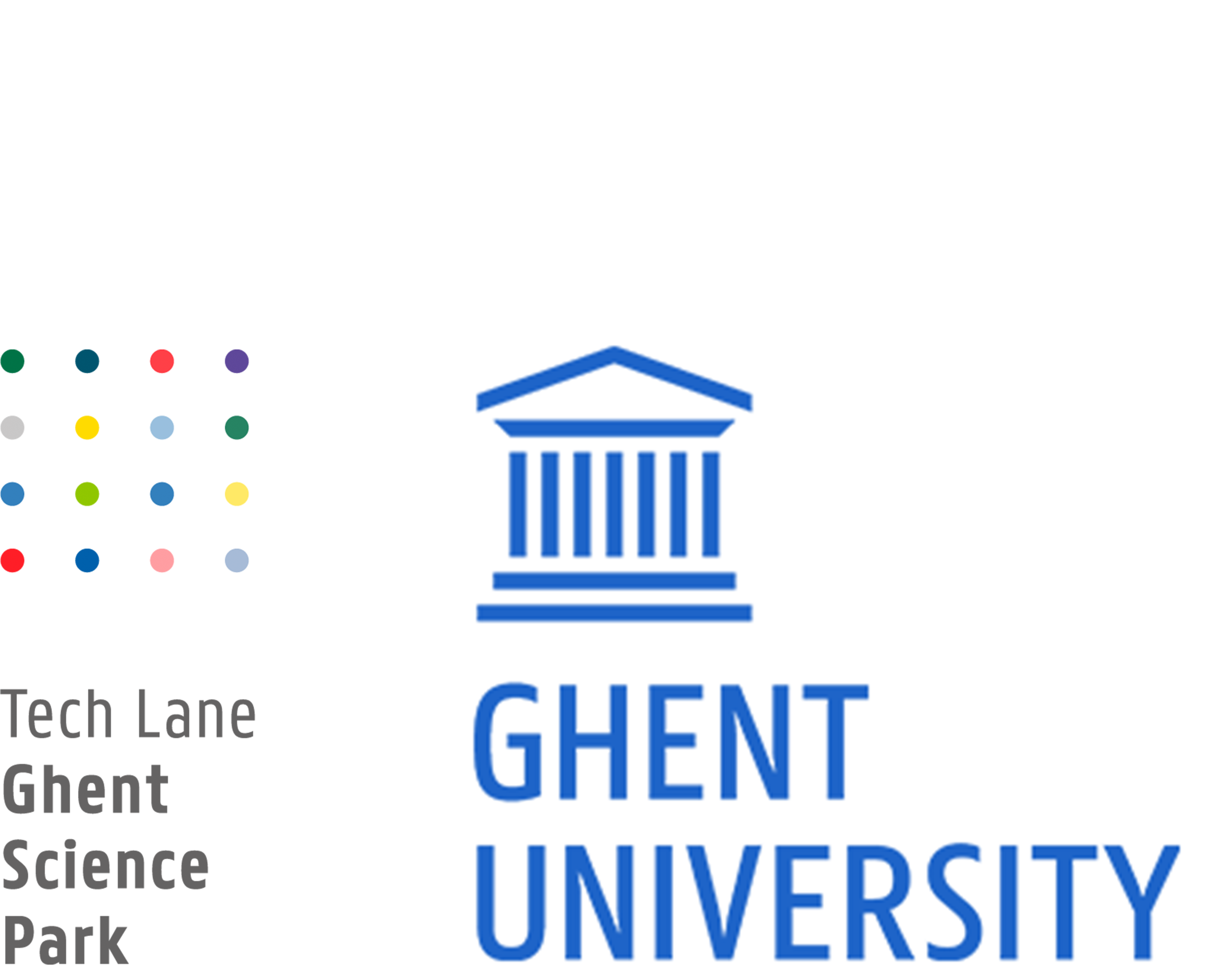This reed bed filters our wastewater for reuse in toilets
Ghent University aims at 80% water reuse for new and renovated buildings.
How can we get there?
- By using rain water as much as possible.
- And by reusing wastewater too! How?
How can we get there?
- By using rain water as much as possible.
- And by reusing wastewater too! How?
A helophyte filter can naturally filter wastewater, with the help of reeds and other water-loving plants (helofytes).
This principle is in use at the park since 2024.
How does it work?
How does it work?

1) Collecting waste water on site
Wastewater from buildings at the park is collected in collective sewers.
Before leaving the park, it is (partially) pumped through the helophyte filter.
Before leaving the park, it is (partially) pumped through the helophyte filter.
Through a combination of physical, biological and chemical processes, helophyte filters remove pollutants from the water, making it suitable for reuse.
They purify wastewater through a series of natural processes. As wastewater flows through the filter, it is first physically filtered by the roots and substrate, removing solid particles. Then, microorganisms living in symbiosis with the plant roots break down organic pollutants. The plants themselves absorb nutrients, such as nitrogen and phosphorus, from the water, contributing to further purification. These processes reduce the amount of harmful substances in the water.
2) Reuse filtered waste water
The wastewater filtered in the helophyte filter is then pumped back to Ghent University buildings and the VIB-buildings, where it is reused in toilets.
(Blue line in the drawing.)
In that way, we can use the rain water for more noble purposes. For example for growing crops.
(Blue line in the drawing.)
In that way, we can use the rain water for more noble purposes. For example for growing crops.
This project is scalable.
More waste water can be connected to the helophyte filter, so we can use more filtered water to toilets.
More waste water can be connected to the helophyte filter, so we can use more filtered water to toilets.
Partner
This project was subsidized by VMM (Vlaamse Milieumaatschappij) in their program 'proeftuin droogte'.
